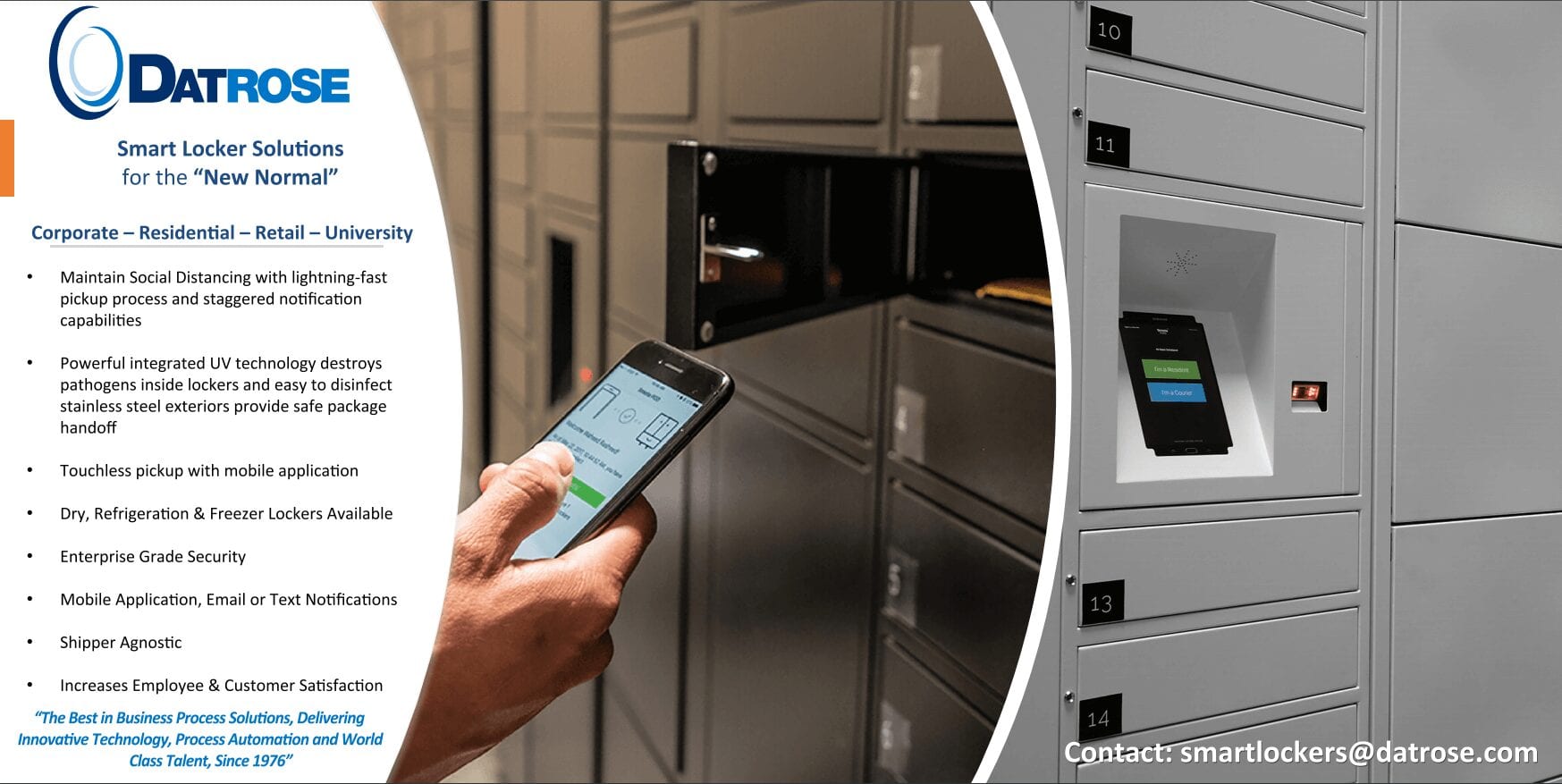 Is Your IT Team Configuring & Deploying Hundreds (Or Thousands) Of Laptops? You Are Probably Doing Telework All Wrong
Is Your IT Team Configuring & Deploying Hundreds (Or Thousands) Of Laptops? You Are Probably Doing Telework All Wrong
If you are sending custom configured laptops out to your newly telework-enabled workforce, you are probably doing telework the wrong way.
Data risk and intellectual property security have become huge concerns now that laptops and workers are no longer in centralized workplaces. Though there are fully mature cloud-based companies, most are somewhere midway along the evolutionary spectrum.
In recent weeks there have been many cases of companies proudly boasting how they were able to purchase, configure and mobilize thousands of laptops on a short notice, getting them out of customs, and into the hands of newly isolated workers.
Why?
With virtualized desktops, also known as Desktop-as-a-Service, employers can spool up or eliminate thousands of virtual PCs, including extremely high performance workstations for graphics, analytics or science—or very inexpensive instances for basic customer service or web apps—with no data at all present on any machine “out in the wild,” or outside of premises or secure company data assets.
There are several options; I am most familiar with Amazon Workspaces, but there are alternatives from Microsoft on Azure, Rackspace, and others. Suppose one of your remote workers has a cheap, basic laptop but a decent internet connection. You can deploy a virtual desktop to a very high-powered machine running a software platform, fully licensed, like Alteryx or Adobe After Effects and Windows Professional tied into your corporate directory via this worker’s cheap laptop. The user interface is remote, but the actual computing takes place back in the data center, and the data stays secure, never leaving the data center either.
“Ah but After Effects will run really slowly, because it’s media!” No, because it isn’t running on the remote laptop. It’s running in the data center on a virtualized instance with more than enough computing power allocated for the task at hand.
From Amazon’s website: “You can use Amazon WorkSpaces to provision either Windows or Linux desktops in just a few minutes and quickly scale to provide thousands of desktops to workers across the globe. You can pay either monthly or hourly, just for the WorkSpaces you launch, which helps you save money when compared to traditional desktops and on-premises VDI solutions. Amazon WorkSpaces helps you eliminate the complexity in managing hardware inventory, OS versions and patches, and Virtual Desktop Infrastructure (VDI), which helps simplify your desktop delivery strategy.”
If that laptop is stolen, there is no data on it. If you only need that application occasionally, you don’t pay for it while you are not using it. Security settings can be enabled so that no data can be downloaded or uploaded locally. You can configure access to I/O and user interface connections such as USB ports, storage, headsets, etc. on a per user basis. You can decide whether to allow contractors or employees to use their own PCs without having to “lock them down” because they essentially become media-rich “dumb terminals,” or you can deploy standardized, generic low-cost remote laptops and not worry about remote management, security, or configuration management.
This is a solution that works globally, as long as you have a good broadband connection to the endpoint. If you are not familiar with Desktop-as-a-Service, you really need to be. Contact me by responding to this email if you need guidance.
Telework Disrupts Location Strategy for Investment Promotion Agencies
Are you tired of hearing about “the new normal” yet? It is already starting to annoy me the way “paradigm shift” did back in the early 1990s. Well let me pile on anyway. The new normal is that for many positions, especially knowledge work, the job function is either completely uncoupled or only loosely coupled to a geographic site. Large BPO firms like Ibex Global for example, operate huge traditional contact centers but their leadership is very distributed.
If we take this one step further, we have now moved thousands of employees lower down on the org chart to telework. There are challenges, but this Coronavirus COVID-19 pandemic has shown that it can be done successfully. Workers searching for a new dwelling previously looked for homes convenient to their office or workplace. Now they will look for homes with good space for a home office. I spent a decade in real estate with Jones Lang LaSalle and Century 21 in Ohio, Indiana & Florida. I can tell you that this trend will be very good for Century 21 and residential real estate, and awful for Jones Lang LaSalle and their peers in commercial real estate.
I work with a lot of investment promotion agencies internationally. Traditionally, they seek ways to attract large employers so they can then say “We landed BigCo who is opening a contact center with 2,000 new jobs!” That’s fine, but it may be time to rethink that model.
These new work-from-home modalities mean knowledge workers can now work from anywhere. What do people from the US and Europe say? “When I retire I am going to move to (insert tropical paradise here)” because tethered to the office, they can’t go yet. On Crooked Island in the Bahamas where my grandfather was born over 100 years ago, today there are less than 500 people. It’s beautiful, but (maybe until now) there has been almost zero opportunity for a career.
Now with this permanent move to telework and social distancing, high-income earners have no reason not to go wherever they would really rather be—bringing and spending a lot of money to the local economy as they do it. This will require investment promotion agencies to have a paradigm shift (hahaha): “We signed this deal with such and such call center and they are hiring 50 people.” That’s good, but if you have 50 working (and spending more as opposed to retirees) expatriates that have chosen a specific destination, each making over $100,000 USD annually, how many jobs are they creating by dumping all that into the local economy? You have to be able to count that and demonstrate the benefit, meaning that investment promotion agencies will need to rethink how they demonstrate their results to stakeholders.
Does your geography have any efforts to attract this segment or to make your jurisdiction attractive to this new modality?
I have a friend from Kazakhstan who writes legal agreements for Europeans while she is at a Buddhist retreat in Indonesia (no, really! I didn’t just make that up). Now with this pandemic, there are millions more not just free to work from home, but ordered to. Companies are not going back to the old way, tethering their people to an office, either; at least not the high-income knowledge workers able to pour millions into your economy. To say “we want to attract a 100 seat call center” doesn’t make much sense anymore. Why would an operator go rent a facility when it can contract workers wherever they are, across borders? itelBPO just announced their expansion into Canada with a 100% telework modality. Now rather than the various provinces needing to compete for itelBPO’s site selection, they need to focus on being the most attractive place for those Canadian citizens to live…or maybe those Canadians can live where YOU are, and still work for itelBPO?
I have been employing bilingual transcriptionists in Venezuela for years. I don’t have any company there, I just pay them via PayPal and they are thrilled. What if your investment promotion agency and location can attract these people who can work literally anywhere—and I don’t mean only contact center workers from the next island over—but high income, mobile professionals who will use little government resources while dumping a lot of money into the local economy creating the kinds of jobs that cannot be moved (construction, hospitality, telecom engineering, infrastructure services, entertainment, professional services, etc.)? Here is a way forward even though we are in a recession. Investment promotion agencies can really move the needle on Foreign Direct Investment, but you have to measure it differently than “Acme Company is setting up a widget factory here employing 200.”



 Is Your IT Team Configuring & Deploying Hundreds (Or Thousands) Of Laptops? You Are Probably Doing Telework All Wrong
Is Your IT Team Configuring & Deploying Hundreds (Or Thousands) Of Laptops? You Are Probably Doing Telework All Wrong


